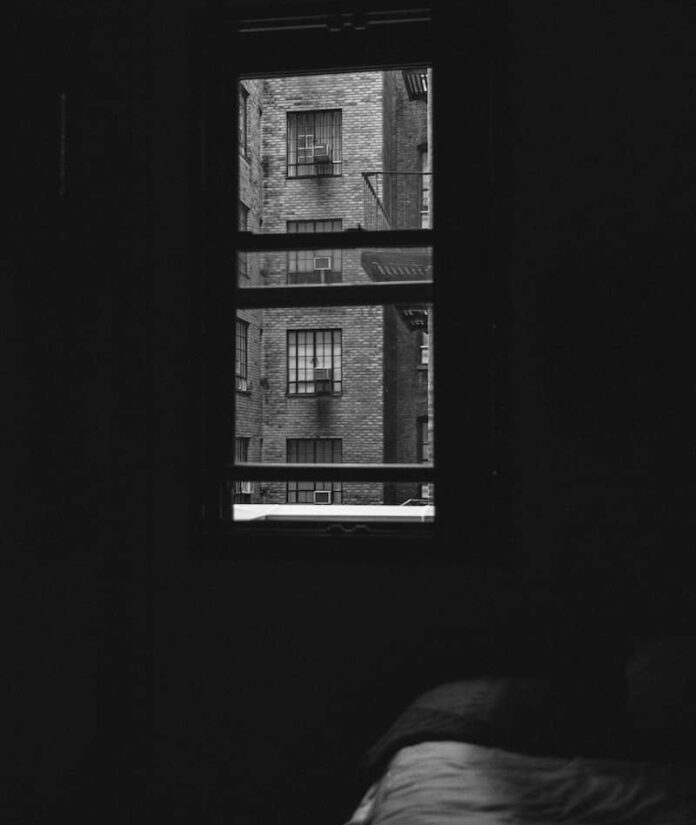The New York State Emergency Rental Assistance Fund (ERAP) is out of money, despite a growing need for its services. The 2022-23 State budget set aside additional money for ERAP, but there is only enough funding for the government to actively review and process applications submitted through March 31, 2022. Unfortunately, the government is no longer accepting new applicants for the program as of the writing of this article.
New York was clearly not given its fair share of funds by the federal government either. In 2020, as part of its Covid relief plans, Congress approved $25 billion in rental assistance. However, Congress allocated rental assistance funds to states based on population as opposed to the number of tenants.
New York has a very high number of renters and some of the highest rents in the country, so the state didn’t get anywhere near enough money to meet demand. Ultimately, only 60% of applicants in New York got approved for rental assistance.
Eviction Notices in NYC Skyrocket in 2022
NYC’s eviction moratorium expired in January, leading to a surge in eviction notices. The eviction moratorium mainly protected tenants who could prove that they weren’t able to pay rent by submitting a hardship declaration. Landlords were still allowed to evict tenants who engaged in illegal behavior such as damaging property or affecting the safety and wellbeing of other tenants.
Because of the eviction moratorium’s expiration, it’s not surprising that eviction notices are already higher this year than they were all of last year. So far this year, NYC landlords have submitted 43,000 eviction notices, already beating out 2021’s total of 42,000.
Unfortunately, evictions in NYC may only get worse from here. City rents increased drastically from May 2021 to May 2022, with Manhattan experiencing a massive 25% annual rent increase.
Rent-stabilized tenants will also pay higher rents, as New York City’s Rent Guidelines Board narrowly approved a 3.25 percent rent increase on one-year leases and a 5 percent increase on two-year leases.
In a statement, Mayor Eric Adams approached the Rent Guideline Board’s decision with disappointment, saying it will only worsen the “burden to tenants at this difficult time — and that is disappointing.”
However, Mayor Adams also acknowledged that “small landlords are at risk of bankruptcy because of years of no increases at all, putting building owners of modest means at risk while threatening the quality of life for tenants who deserve to live in well-maintained, modern buildings,” Mr. Adams said.
With high inflation and rapidly rising property values, many smaller landlords have trouble keeping their rental business profitable, causing some building owners to go bankrupt or forgo necessary maintenance and repair projects.
The Real Deal also recently reported that many small landlords were hit hard by the eviction moratorium. The rental assistance program was meant to cover landlords’ missing rental payments, but many small building owners lost out on thousands of dollars worth of payments while the moratorium was in place.
Balancing the needs of tenants and small landlords is a tricky balancing act, and the decision to raise rents on rent-stabilized apartments will clearly hurt many tenants. Without an adequate amount of federal, state, and city funds, NYC will likely see a growing number of evictions.
Tyler graduated from Virginia Commonwealth University in 2017 with a Bachelor's degree in Urban and Regional Studies. Currently based in Los Angeles, he works as a freelance content writer and copywriter for companies in real estate, property management, and similar industries. Tyler's main professional passion is writing about critical issues affecting big and small cities alike, including housing affordability, homelessness, inequality, and transportation. When he isn't working, he usually plans his next road trip or explores new neighborhoods and hiking trails.



